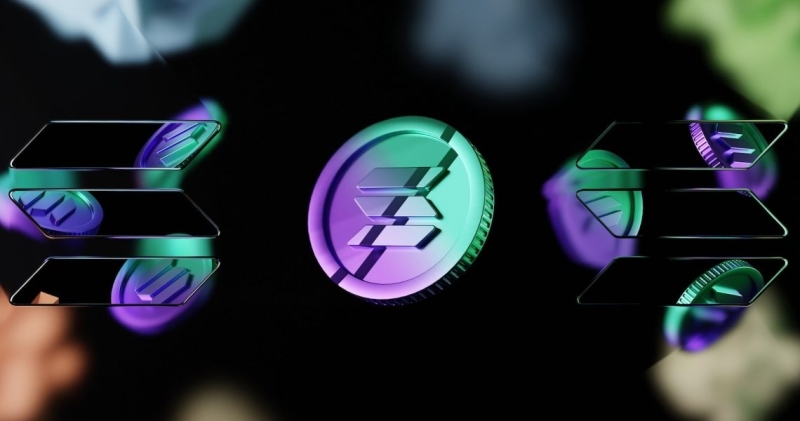Contents

The Solana network over time has often experienced technical problems, which have also negatively impacted the price of its native crypto, SOL.
At times it was even “switched off” by developers to avoid even bigger problems, revealing that it was a centralized network.
Crypto news: new client for Solana
These problems may now be less serious, since there is at least also a second client that can lend a hand in making the Solana network a little less centralized.
It is Jito Labs, which, according to the Solana Foundation, has reached 31% of staking.
3/ @SolanaFndn has increased efforts for network resilience at the software level, including support for multiple validator clients.
Since last report, @Solana has progressed as a multi-client network: stake via @jito_labs client has increased to 31%, up from 0% a year ago. pic.twitter.com/hRf7FnJtgM
— Solana Foundation (@SolanaFndn) October 4, 2023
Jito Labs was at 0% last year, so its growth has been remarkable. In fact, the operation of the Solana network has been uninterrupted for several months now.
Jito Labs develops resources specifically for the Solana MEV infrastructure, and to date it appears to be the only alternative client to the original one for launching a Solana node.
The Solana Foundation points out, for example, that both Polygon and Avalance and Cosmos for example have only one client, while Ethereum has only four anyway. Solana now stands in the middle, with two.
Clients are the software with which the nodes in the network can be run, so obviously there are many more nodes.
The Solana network
The Solana network has about 2,800 validator nodes worldwide, divided into about one-third RPC nodes and two-thirds validator nodes.
For example, the Ethereum network has just over twice as many validator nodes (6,100), but spread over four clients.
As long as Solana had only one client it was enough for there to be a problem with the software on the same client for it to affect all nodes.
In these cases the solution was to momentarily shut down all the nodes, and this was made possible by the fact that the only existing client was also in fact controllable by those who made it.
Now, however, with two clients things should have changed.
In fact, whoever made the original client probably continues to be able to control it, but certainly cannot control the second client. And it is extremely unlikely that a problem with one client will occur at the same time as a problem with the other client.
The impact on the price of Solana crypto (SOL)
Since reaching the all-time high price of $260 in November 2021, SOL has had three real collapses.
The first, trivially, was due to the bursting of the 2021 speculative bubble, and thus was basically natural.
By the end of January the following year, the price had fallen to about $90, a loss of 65% in just over two months.
The second collapse was there, of course, after the implosion of the Terra/Luna ecosystem, coinciding with the general collapse of the crypto markets.
By mid-June 2022 the price had fallen to $30, another -66%.
The third occurred in November of the same year, after the failure of FTX. This was the least expected of all, because SOL suffered much more than other cryptos, since FTX was involved in the project.
By the end of the year the price had plunged below $10, or -96% from the highs.
In the first half of January it had climbed back up to $24, but since then the climb has stalled, so that now it is still at $23.
In addition to collapses due to external reasons, the turbulent history of technical problems Solana has had over the past few years certainly weighed in during 2023.
Suffice it to say that the high price of 2023 was only $27, touched in mid-July, while the low of $14 was not that far from the bear-market bottom.
The future
The introduction of a second client should give greater resilience to the Solana network, especially in terms of being able to continue to operate even in the event of problems with the incumbent client.
In fact, since February of this year, it has never again experienced an outage, although this obviously has not been enough to bring SOL’s price back up.
If the problems we had last year had continued to recur the price would probably have fallen again, and instead since there have been none the decline has stopped.
Practically since the January rebound SOLO has begun a long period of lateralization, still ongoing, with the price fluctuating between about $15 and about $27.
As of this data it is almost impossible to imagine what might happen in the future. However, it is possible to say that the problems of 2022 should be largely solved, at least in theory.
Note, however, that prior to the FTX collapse the price of SOL had never fallen below $28 during the 2022 bear-market, so the 2023 range is lower than it was after the 2021 bubble burst and the collapse due to Terra/Luna.

